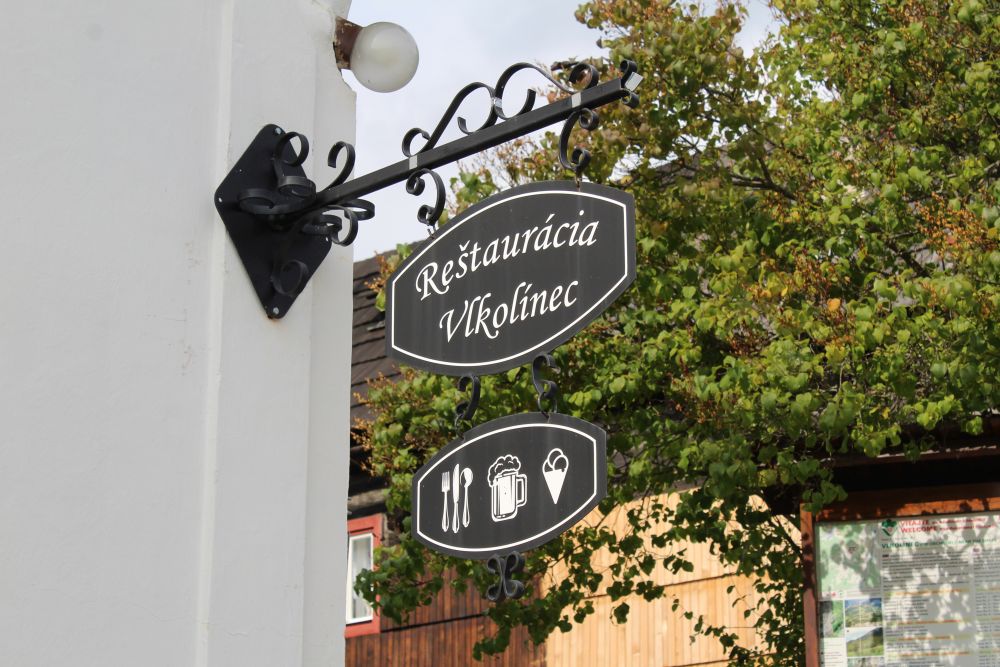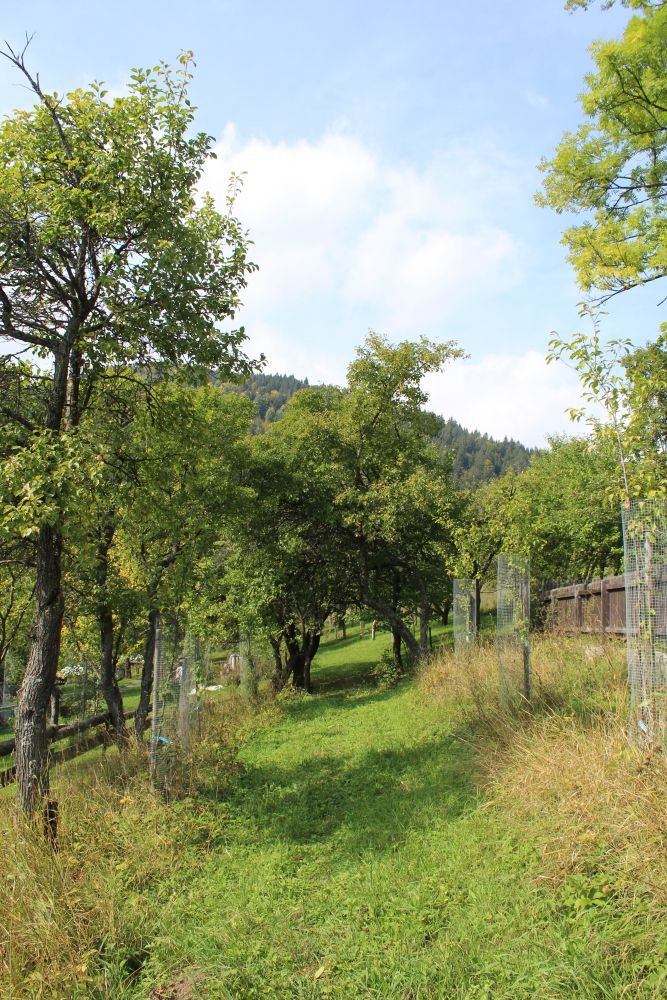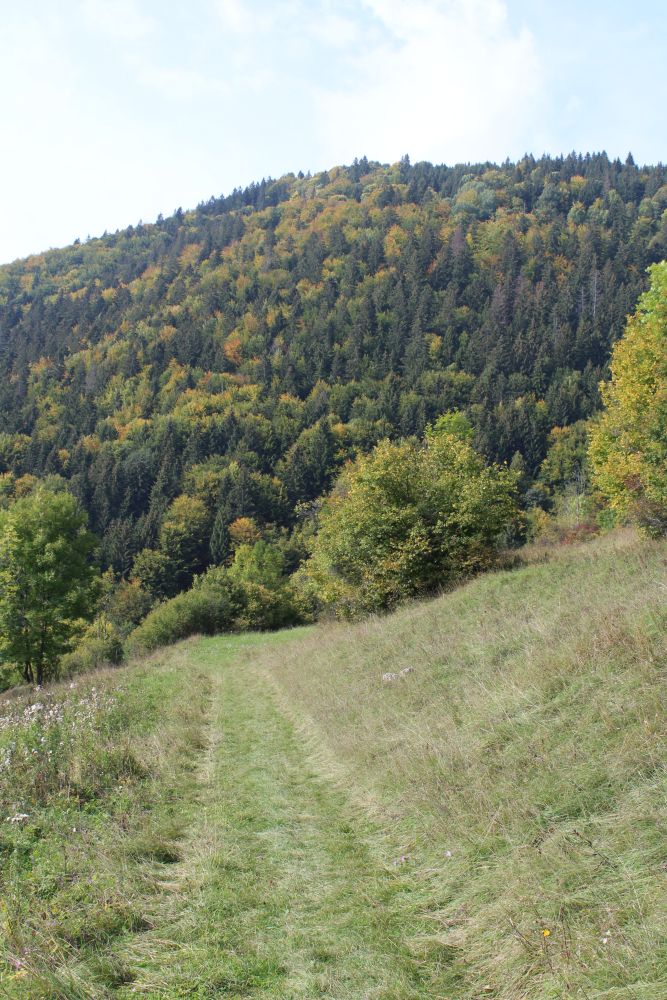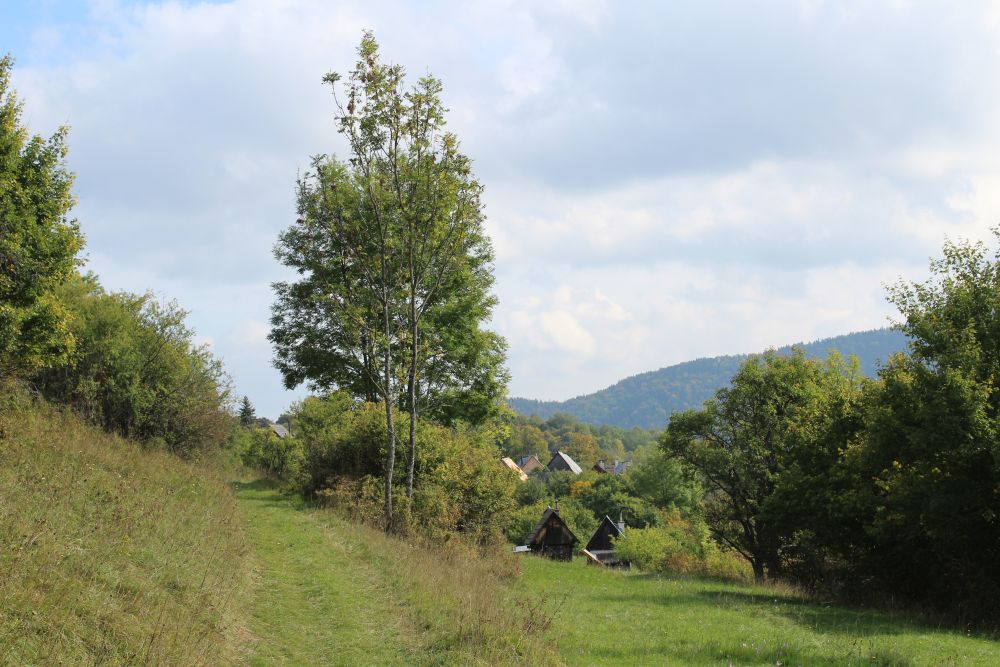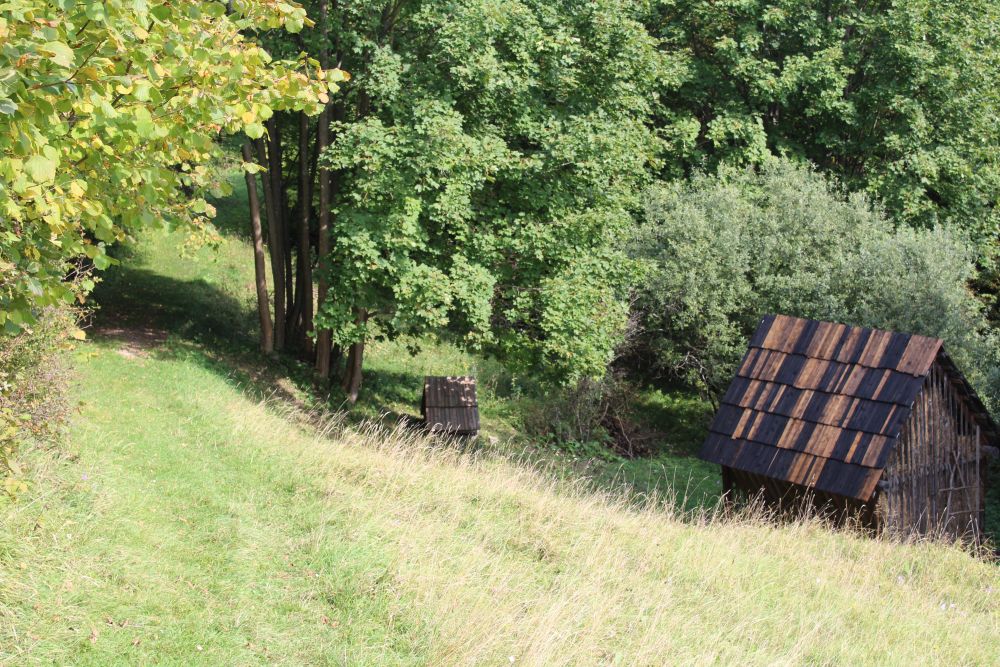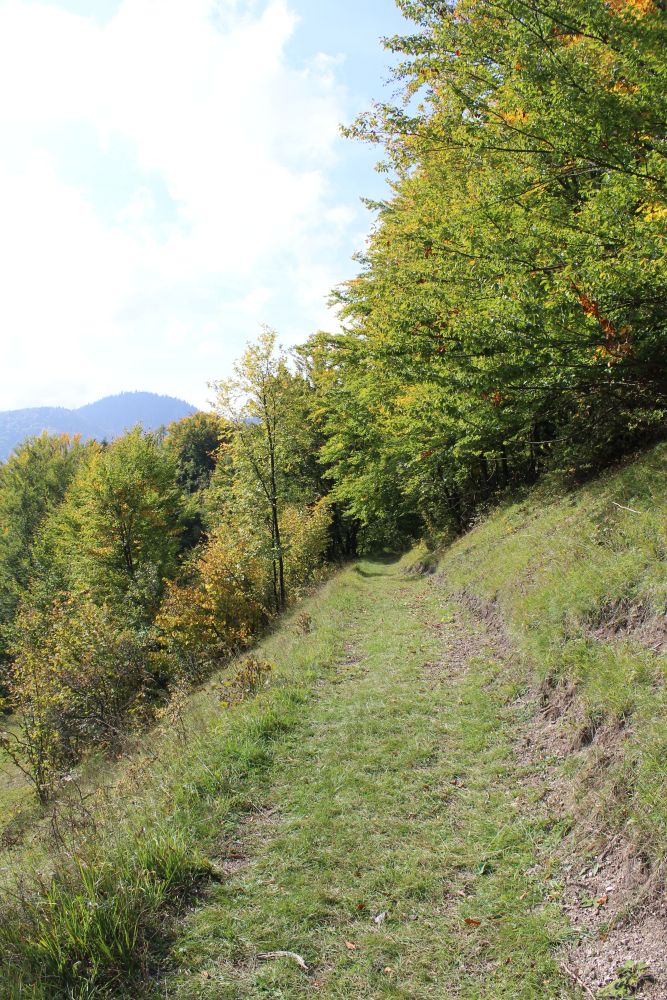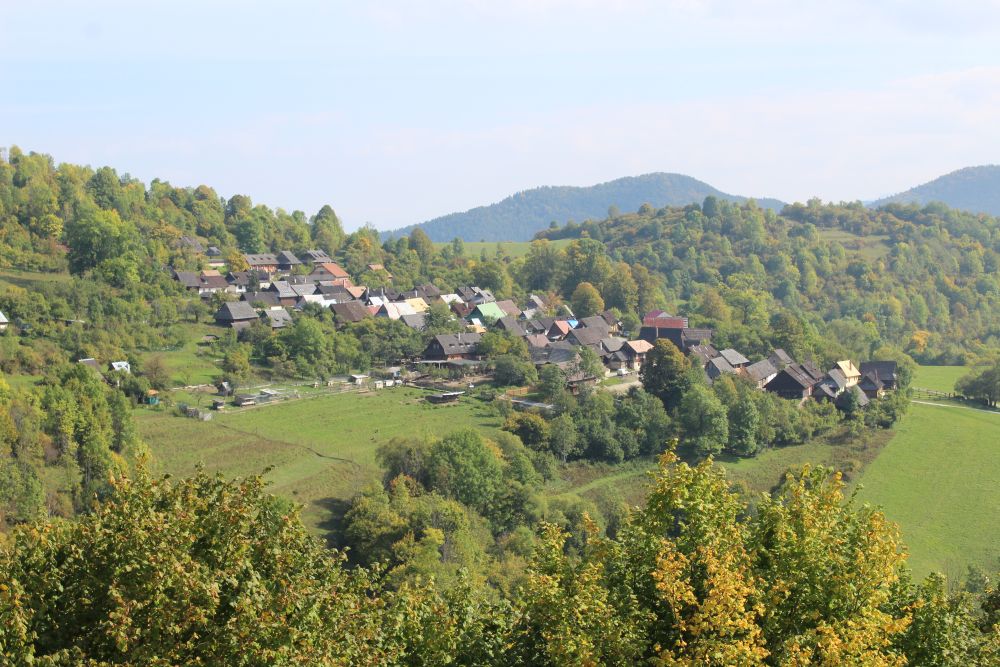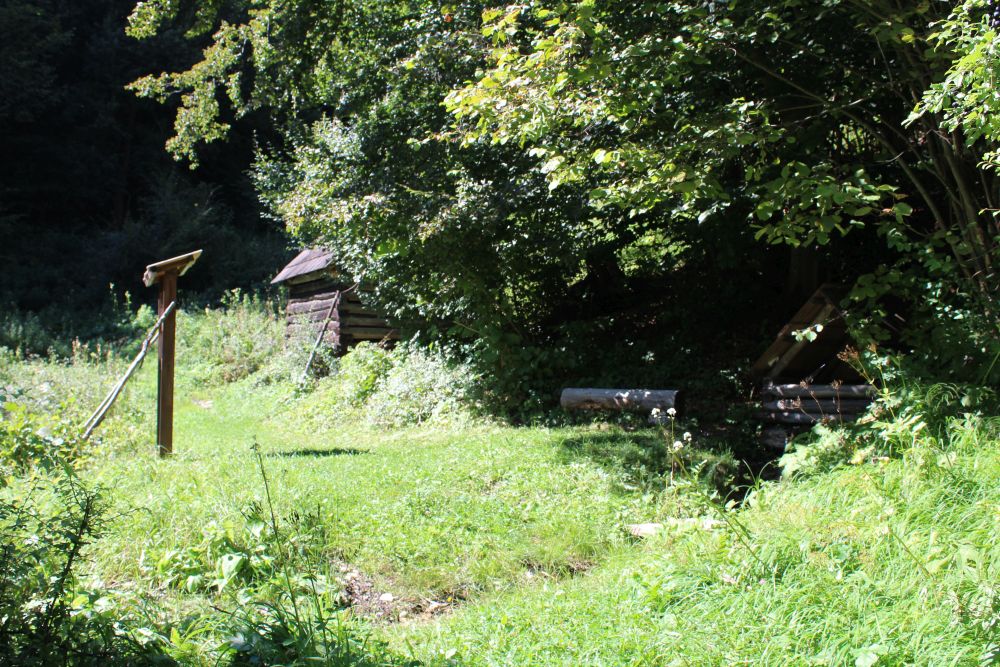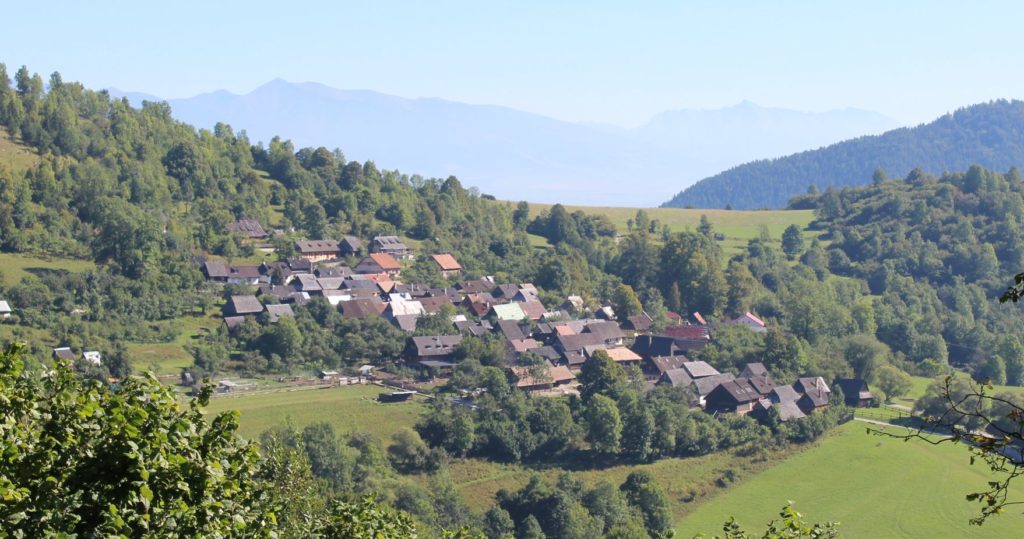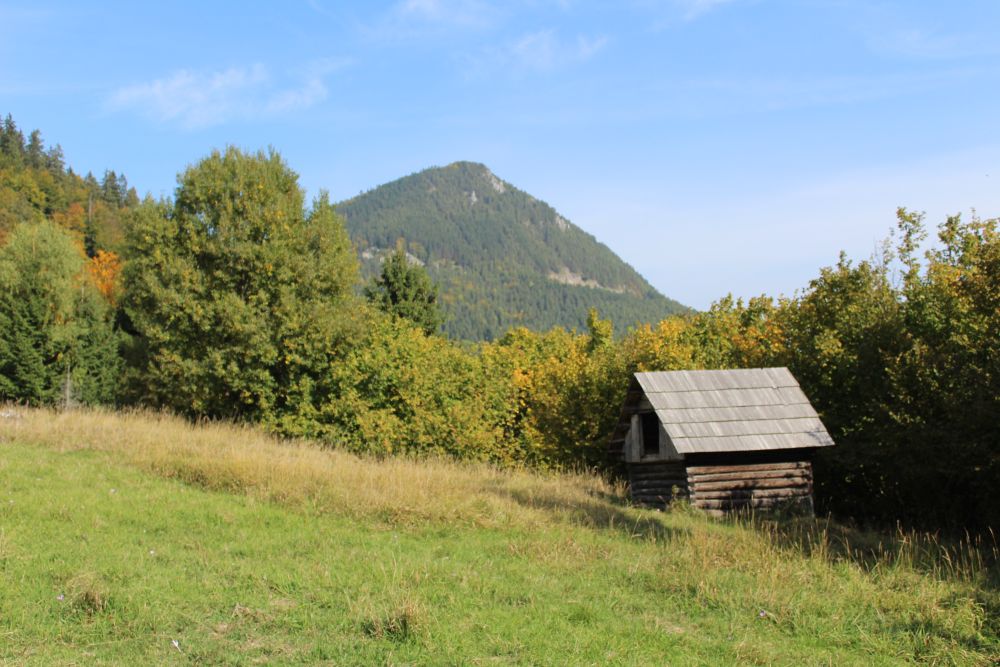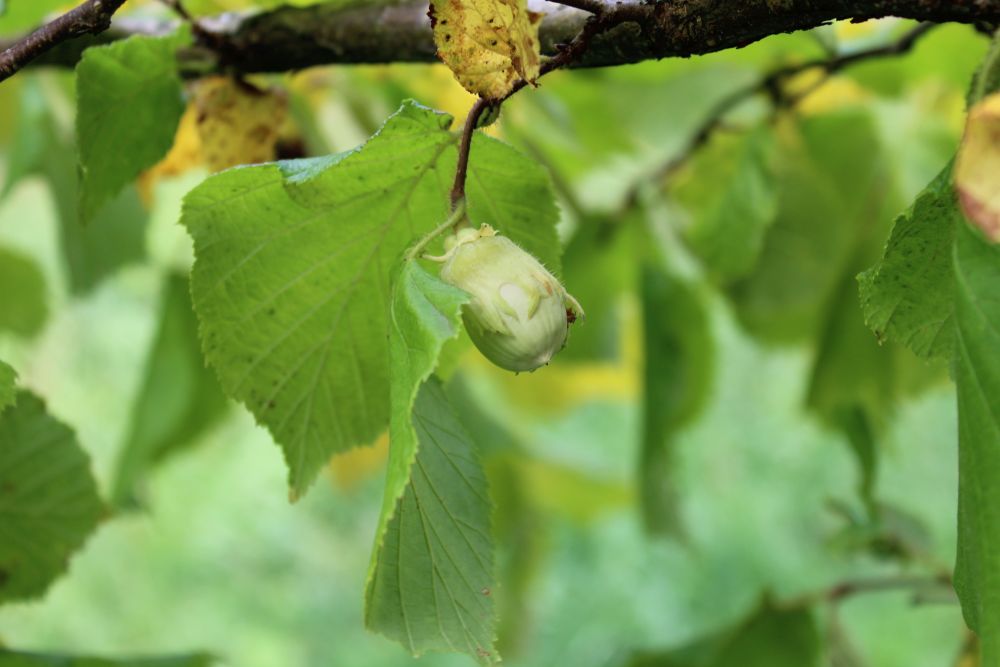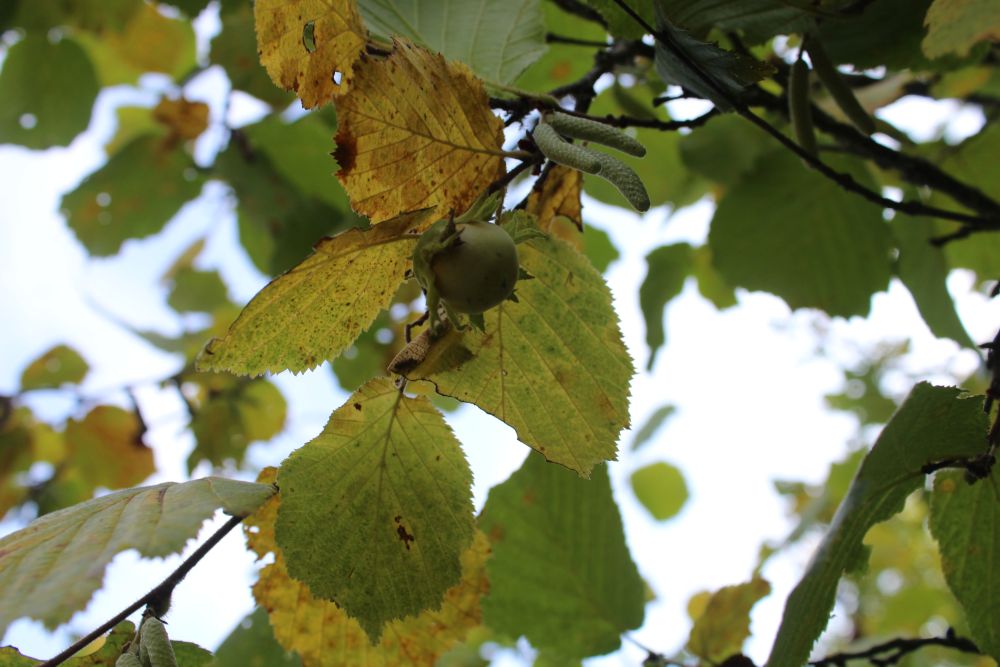Nature as Therapy: Foraging for Nuts
Our next hike in the nature of Ružomberok’s surroundings will take us to some less-known locations in the vicinity of Vlkolínec. We will enjoy lovely views and more importantly, we will munch on some treats gifted by nature.
Common Hazel (hazel) is a bush you will find at every corner in Liptov. It is found in particular at meadow peripheries and in the vicinity of wooded areas. Hazel is a self-seeded wood plant, which spreads easily and grows in all areas of meadows and woods which are not cultivated by people. And as there are many places which used to be cultivated in the past but which no longer are today, it is not difficult to come across this easily recognizable plant on your hike.
However, we are interested especially in the fruit of the hazel bush, which is hazelnut (hazel). It is possible to pick hazelnuts as early as the end of summer, but autumn is a better time. As hazelnuts ripen, they become darker in colour. From light green to brown, their colour will tell you which stage of ripening the nuts are currently in. The green nuts are suitable for direct consumption and the brown ones, which are drier, are suitable for storage. The harvested nuts should be dried and stored only after removing the shells, in order to prevent any worms, which are often found inside, from finishing the nut and spreading to the other ones.
In spite of being a weed, hazels actually have remarkable properties, and they can supply valuable minerals and vitamins. Manganese, magnesium, zinc, selenium, vitamins A, B, C, E, K and other elements, such as omega-3 fatty acids, contribute to maintaining a healthy body, emotional well-being, and strengthen the immune system.
When choosing our location, we wanted it to be situated at a sufficient distance from frequented roads or residential areas. The partially growth-covered fields in the surroundings of Vlkolínec are full of hazel bushes, even hazel bush groves. Places which used to serve for cultivation of crops or grazing of cattle in the past are today often covered with hazel bushes, which are gradually changing the character of the land.
To get to Vlkolínec, where we begin our trip, you need to arrange your own transport, or possibly you can ride a bus of the public transport system or the suburban line system, which will take you to the vicinity of Vlkolínec, to Biely Potok, from where you can then walk to Vlkolínec on a hiking trail or the access road.
In Vlkolínec, we head towards the local restaurant situated in the upper part of Vlkolínec. We walk through the outdoor premises of the restaurant to a garden, where we pass through young fruit trees and we will get to the fence of the gardens. Then we turn left and walk a few dozen metres downhill by the fence, where we turn right by the fence to an indistinct path. The path leads us to the fields behind the houses and barns of Vlkolínec. We pass by the wooden stalls (hay barns) and continue mildly downhill towards the wooded area. By the woods, the path makes a sharp turn to the left and passes by a feeder for woodland animals. The path cut into the slope runs mildly uphill and reveals views of the close surroundings of Vlkolínec as well as of Vlkolínec itself. Along the path, we can already find some hazel bushes and enjoy snacking on our first finds. The path leads us further past a man-altered well, another stall, and an information panel. We continue further and in a steeper uphill section, we arrive at another information panel, below which we get an interesting view of Vlkolínec with the West Tatras rising above the village. We arrive at a meadow called “Laz”. There are two wooden stalls on the meadow and extensive hazel groves below the meadow. In addition to the hazelnuts, we may also pick rose hips, hawthorn or some sloes along the way and eat them on the spot to supply our bodies with some vitamins. After picking the nuts, we return to Vlkolínec along the same route, not forgetting to pick up what does not belong in nature along the way, to keep our woods clean and healthy, so they continue to be a healing place for our mind and body.
This year’s yield of nuts has been quite small and even the few nuts that did grow have been eaten by squirrels, bears or birds, who also like to munch on them. This time, we brought home more rose hips than nuts, but last year it was different. There were more hazelnuts last year.
We hope that our trip suggestion inspires you to visit these areas one day too. In accordance with the idea of #ObjavUdržateľnéSlovensko (DiscoverSustainableSlovakia), we try to explore our surroundings in a mindful way, so that the generations after us will also be able to enjoy what we have now, and we also try to support the local inhabitants or entrepreneurs by using their services.
Finally, we would like to point out that there are many woodland animals in the location we described, including brown bear.
The text was prepared by Milan Kolčák and Ján Benčík from the Ružomberok Information Centre.
This is the second article of the article series with subtitle “Nature as Therapy”.
Published: 30.9.2021

